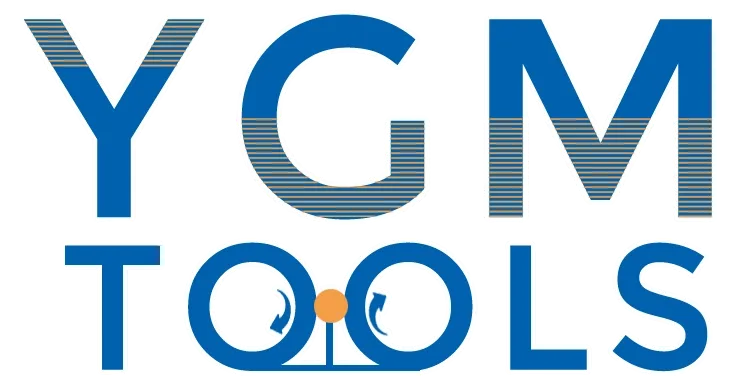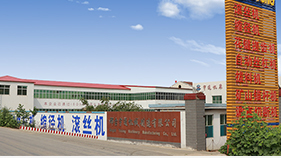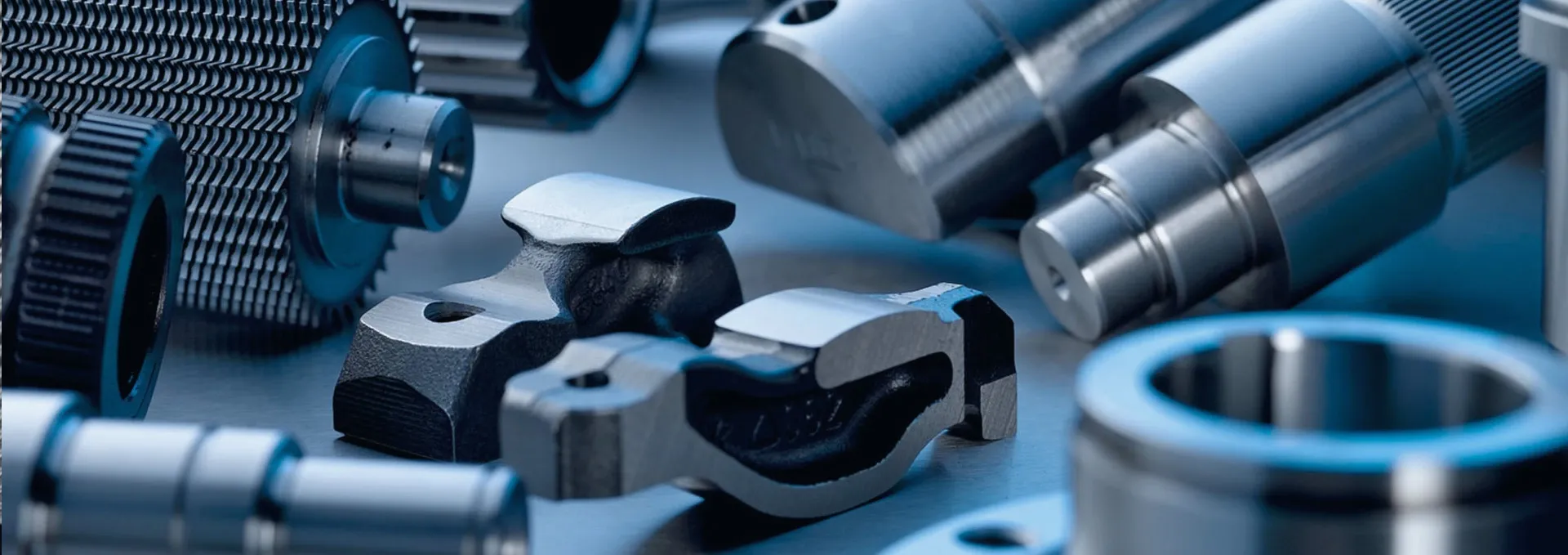
-
 Afrikaans
Afrikaans -
 Albanian
Albanian -
 Amharic
Amharic -
 Arabic
Arabic -
 Armenian
Armenian -
 Azerbaijani
Azerbaijani -
 Basque
Basque -
 Belarusian
Belarusian -
 Bengali
Bengali -
 Bosnian
Bosnian -
 Bulgarian
Bulgarian -
 Catalan
Catalan -
 Cebuano
Cebuano -
 Corsican
Corsican -
 Croatian
Croatian -
 Czech
Czech -
 Danish
Danish -
 Dutch
Dutch -
 English
English -
 Esperanto
Esperanto -
 Estonian
Estonian -
 Finnish
Finnish -
 French
French -
 Frisian
Frisian -
 Galician
Galician -
 Georgian
Georgian -
 German
German -
 Greek
Greek -
 Gujarati
Gujarati -
 Haitian Creole
Haitian Creole -
 hausa
hausa -
 hawaiian
hawaiian -
 Hebrew
Hebrew -
 Hindi
Hindi -
 Miao
Miao -
 Hungarian
Hungarian -
 Icelandic
Icelandic -
 igbo
igbo -
 Indonesian
Indonesian -
 irish
irish -
 Italian
Italian -
 Japanese
Japanese -
 Javanese
Javanese -
 Kannada
Kannada -
 kazakh
kazakh -
 Khmer
Khmer -
 Rwandese
Rwandese -
 Korean
Korean -
 Kurdish
Kurdish -
 Kyrgyz
Kyrgyz -
 Lao
Lao -
 Latin
Latin -
 Latvian
Latvian -
 Lithuanian
Lithuanian -
 Luxembourgish
Luxembourgish -
 Macedonian
Macedonian -
 Malgashi
Malgashi -
 Malay
Malay -
 Malayalam
Malayalam -
 Maltese
Maltese -
 Maori
Maori -
 Marathi
Marathi -
 Mongolian
Mongolian -
 Myanmar
Myanmar -
 Nepali
Nepali -
 Norwegian
Norwegian -
 Norwegian
Norwegian -
 Occitan
Occitan -
 Pashto
Pashto -
 Persian
Persian -
 Polish
Polish -
 Portuguese
Portuguese -
 Punjabi
Punjabi -
 Romanian
Romanian -
 Russian
Russian -
 Samoan
Samoan -
 Scottish Gaelic
Scottish Gaelic -
 Serbian
Serbian -
 Sesotho
Sesotho -
 Shona
Shona -
 Sindhi
Sindhi -
 Sinhala
Sinhala -
 Slovak
Slovak -
 Slovenian
Slovenian -
 Somali
Somali -
 Spanish
Spanish -
 Sundanese
Sundanese -
 Swahili
Swahili -
 Swedish
Swedish -
 Tagalog
Tagalog -
 Tajik
Tajik -
 Tamil
Tamil -
 Tatar
Tatar -
 Telugu
Telugu -
 Thai
Thai -
 Turkish
Turkish -
 Turkmen
Turkmen -
 Ukrainian
Ukrainian -
 Urdu
Urdu -
 Uighur
Uighur -
 Uzbek
Uzbek -
 Vietnamese
Vietnamese -
 Welsh
Welsh -
 Bantu
Bantu -
 Yiddish
Yiddish -
 Yoruba
Yoruba -
 Zulu
Zulu
High-Quality Flat Die Thread Rolling Machine for Precision Manufacturing Applications
The Advancement of Thread Rolling The Famous Flat Die Thread Rolling Machine
Thread rolling is an essential process in manufacturing that creates strong, precise threads on various materials. Among the different types of thread rolling technologies, the flat die thread rolling machine stands out for its efficiency and capability to meet high production demands. This article explores the significance, working principle, advantages, and applications of the famous flat die thread rolling machine.
Understanding Thread Rolling
Thread rolling is a cold forming process that produces threads by displacing material rather than cutting it. This method results in greater dimensional accuracy and superior mechanical properties. The rolling process involves three main components the workpiece, the dies, and the rolling mechanism. The workpiece is typically a round bar or cylinder that is fed through the rotating dies that shape the threads.
The flat die thread rolling machine specifically employs two flat dies to form threads onto cylindrical workpieces. This machine is renowned for its versatility, allowing manufacturers to create various thread types, including metric, UNC, UNF, and custom profiles.
Working Principle
The operation of the flat die thread rolling machine begins with the feeding of the workpiece into the machine. The cylindrical bar is automatically moved into the working zone, where the two flat dies are positioned at an angle. As the dies rotate, they exert pressure on the workpiece, which forces the material to flow and form the desired thread profile. This process can be completed in a matter of seconds, making it incredibly efficient.
The design of the flat die allows for a continuous and smooth rolling process. Unlike traditional cutting methods, the flat die technique minimizes material waste, as it retains the bulk of the initial workpiece while creating precise threads. The die's angle and surface texture contribute to the quality of the threads produced, making it crucial to select the right dies for each application.
Advantages of Flat Die Thread Rolling Machines
famous flat die thread rolling machine

2. Enhanced Thread Quality The cold rolling process enhances the mechanical properties of the threads, resulting in increased strength and durability compared to cut threads.
3. Cost Efficiency By minimizing material waste and the need for multiple machining operations, manufacturers can reduce production costs while maintaining quality.
4. Versatility The machine can easily switch between different thread sizes and profiles, making it suitable for a wide range of applications.
5. Sustainability The cold rolling process consumes less energy compared to traditional machining methods, aligning with modern sustainability initiatives.
Applications of Flat Die Thread Rolling Machines
Flat die thread rolling machines are utilized across various industries, including
- Automotive Manufacturing components such as bolts, nuts, and threaded fasteners that require high strength and precise specifications. - Aerospace Producing lightweight, high-strength threaded parts essential for aircraft and spacecraft assembly. - Construction Creating durable fasteners and anchors that can withstand harsh environmental conditions. - Manufacturing Supplying various industries with threaded components for machinery and equipment.
Conclusion
The flat die thread rolling machine is a pivotal technology in modern manufacturing. Its capability to produce high-quality threads with speed and efficiency makes it a valuable asset in various industries. As technology continues to advance, the role of flat die thread rolling machines will expand, driving innovation and productivity in thread manufacturing. Adopting such technologies not only enhances production processes but also contributes to the overall efficiency and sustainability of manufacturing operations in the contemporary industrial landscape.
